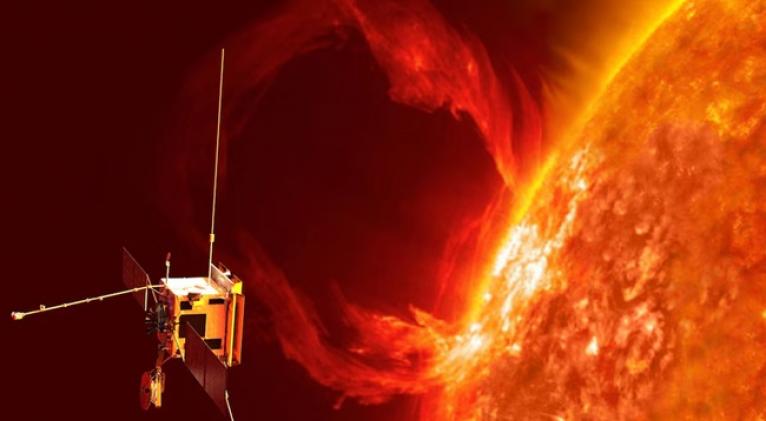
The Solar Orbiter mission, led by the European Space Agency (ESA) in collaboration with NASA, has captured the most detailed images to date of the visible surface of the Sun and its outer atmosphere.
These photographs, taken in March 2023 and only now processed, offer an unprecedented view of the dynamics of the Sun's magnetic field, sunspots, and the bright plasma that make up our star.
Although the Sun appears to be an inert, motionless body, it is actually dynamic and complex, generating energy through nuclear processes at its core. Its influence extends beyond its immediate orbit, affecting Earth and the entire Solar System with phenomena such as solar wind, solar flares, and coronal mass ejections.
Understanding these processes is crucial to predicting their effects on our planet, and missions such as Solar Orbiter are designed precisely to unravel these mysteries.
The high-resolution images were captured by two key instruments onboard the spacecraft: the Polarimetric and Helioseismic Imager (PHI) and the Extreme Ultraviolet Imager (EUI). While PHI takes images in visible light, measures the direction of the magnetic field, and maps the motion of plasma on the solar surface, EUI offers a perspective of the corona, the Sun’s outer atmosphere, by capturing images in ultraviolet light.
“The Sun’s magnetic field is essential for understanding the dynamic nature of our star, from the smallest to the largest scales. These new high-resolution maps show the beauty of the Sun’s surface magnetic field and its flows in great detail,” said Daniel Müller, Solar Orbiter project scientist.
“At the same time, they are crucial for inferring the magnetic field in the Sun’s hot corona, which our EUI instrument is capturing,” Müller emphasized.
By magnifying the images captured by PHI, the solar surface, known as the photosphere, is revealed as a constantly moving layer of hot, glowing plasma. This layer emits almost all of the solar radiation that reaches Earth and has temperatures ranging from 4,500 to 6,000 degrees Celsius.
Below the photosphere is the convection zone, where denser plasma churns in a similar way to magma in the Earth's mantle. This motion generates a grainy pattern on the Sun's surface, a detail visible in the high-resolution images that offers clues about our star's internal processes.
One of the highlights in the images are sunspots, which appear as dark areas in the photosphere. These spots are cooler areas because the solar magnetic field disrupts the flow of heat from the interior to the surface.
The PHI magnetogram shows how the magnetic field is concentrated in these regions, pointing inward or outward depending on polarity. Charged particles that follow magnetic field lines within sunspots block the normal motion of convection, creating the conditions for their dark appearance. (Text and Photo: Cubasí)